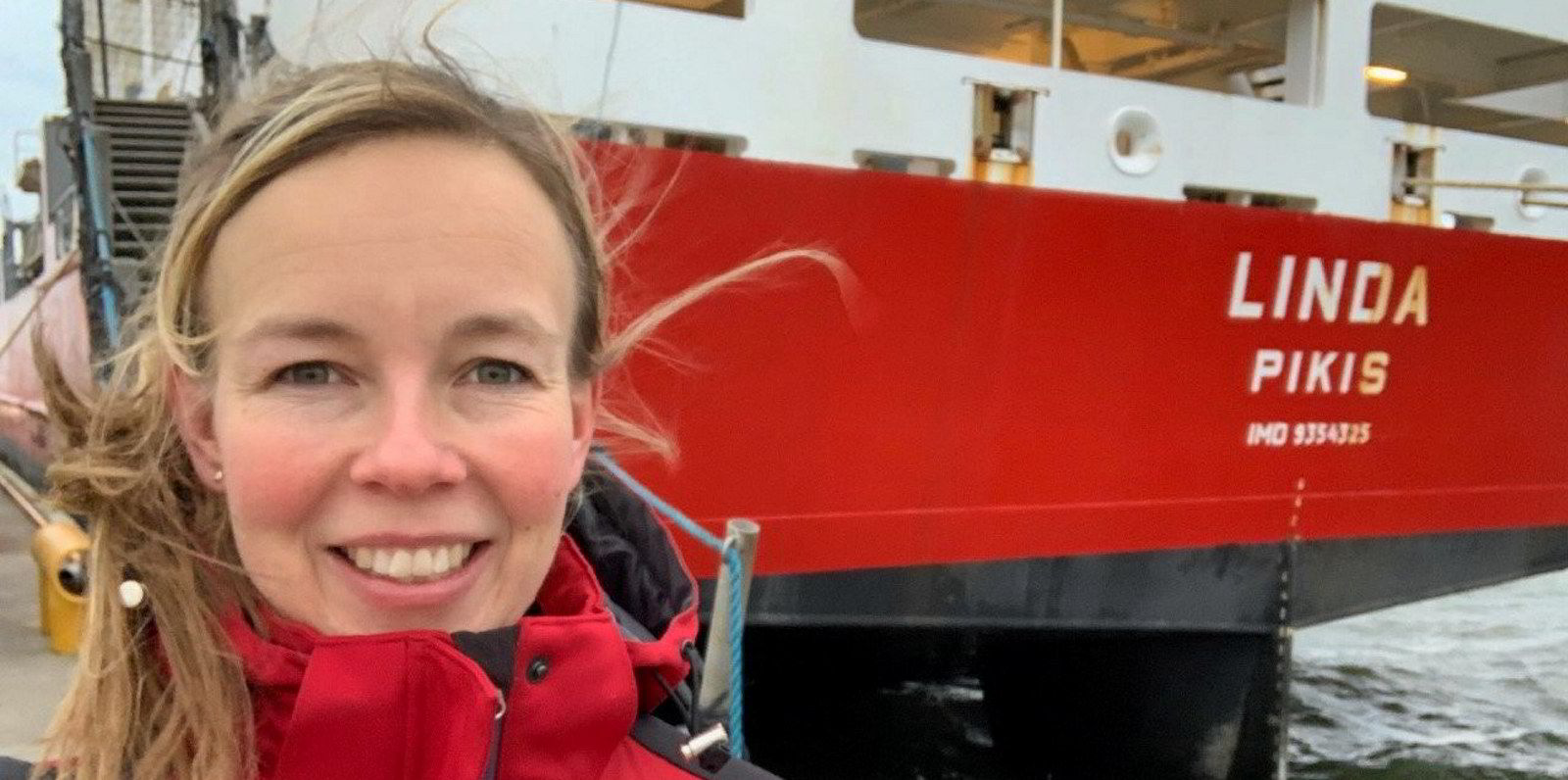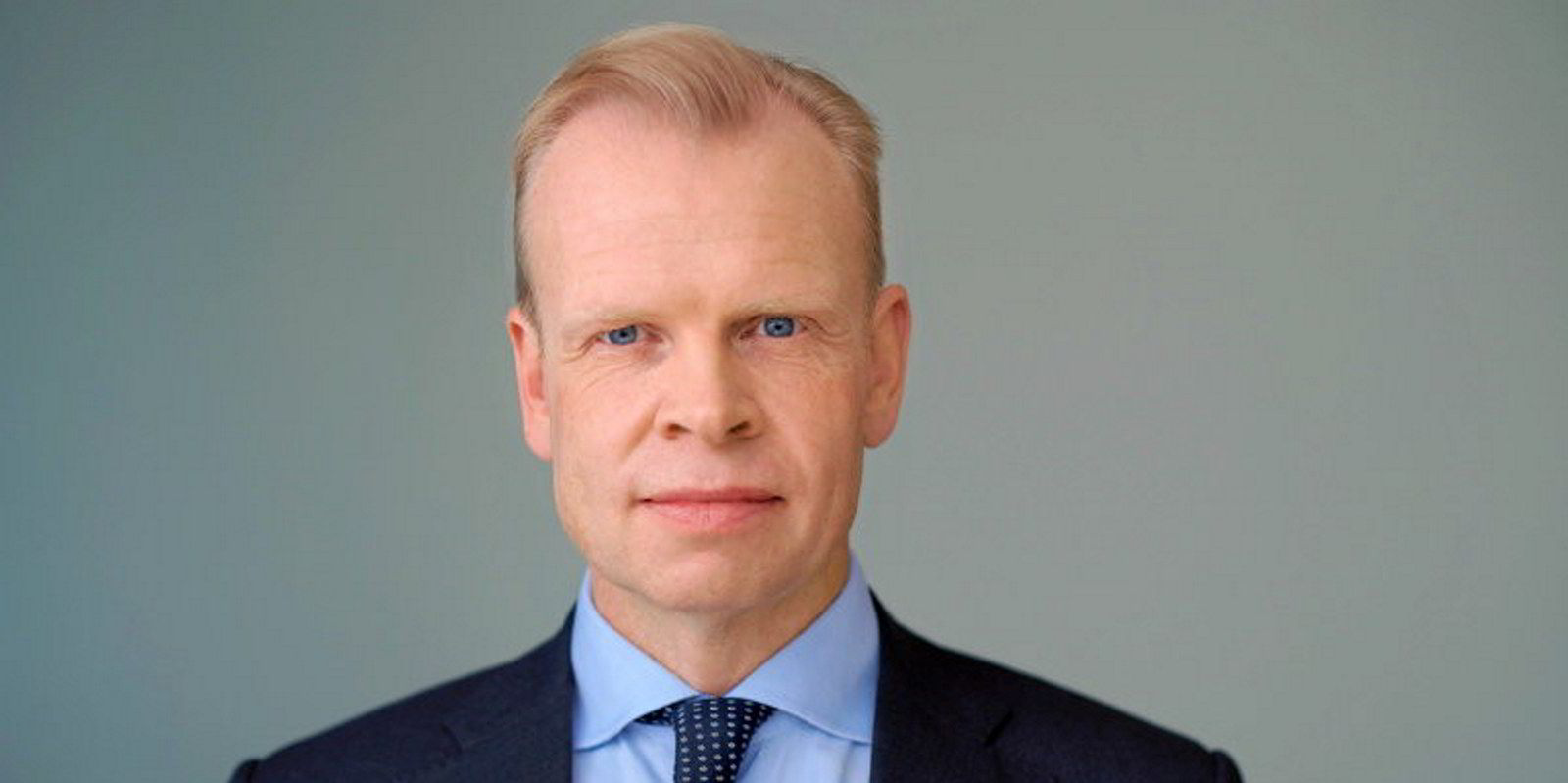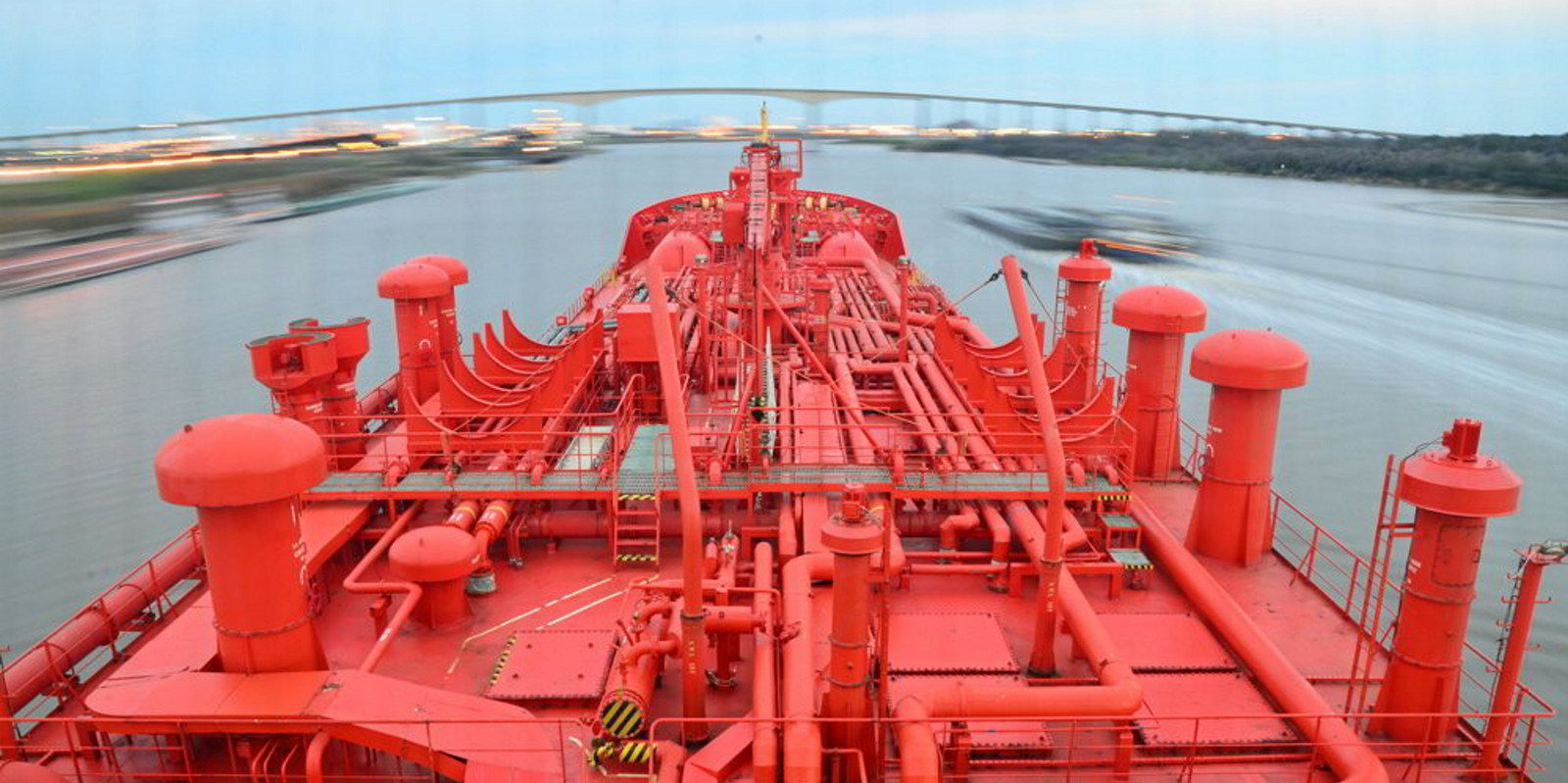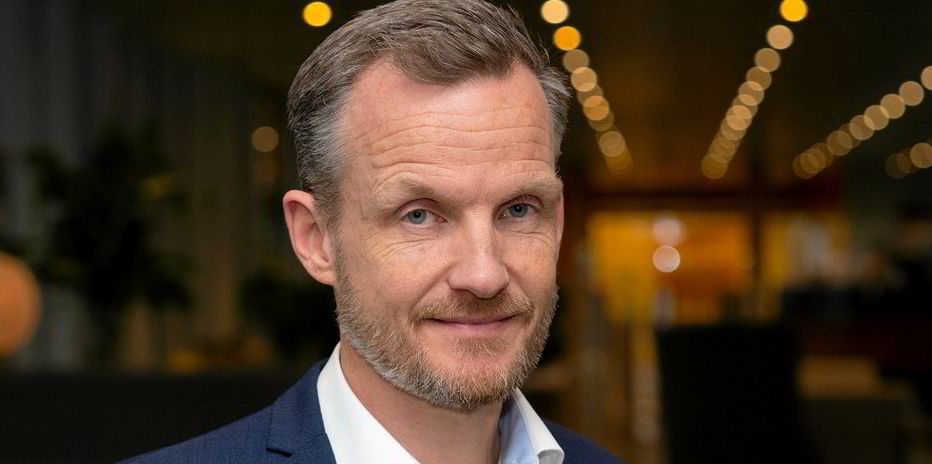Finland's maritime technology giant Wartsila believes carbon capture and storage (CCS) can deliver quicker decarbonisation results for shipping than alternative fuels.
But some vessels are more suitable for retrofits than others.
Wartsila is currently trialling a system that it hopes can extract 70% of CO2 from exhaust gas on Norwegian owner Solvang's 21,000-cbm ethylene carrier Clipper Eos (built 2019) from 2023 or early 2024.
Solvang chief executive Edvin Endresen told TradeWinds: "Some vessels will be more suitable than others from the start. It's a reason we're sitting here doing this and we've selected this type of vessel for sure."
Part of the way there
The shipowner's technical director Tor Oyvind Ask explained that the Clipper Eos already has the cooling plant on board to condense the CO2.
Sigurd Jenssen, director at Wartsila Exhaust Treatment, told TradeWinds that there is also room on the aft deck on tankers and bulk carriers for Wartsila's equipment.
He calls these vessels well-suited for retrofits, but with containerships, part of a cargo bay would have to be used, as well as CO2 storage tanks being installed.
But Jenssen believes this will all still take less space than would be needed to carry ammonia or hydrogen as a fuel, making CCS particularly good for deep-sea vessels.
The two companies have been working together for 10 years, when Solvang ordered its first scrubber.
Jenssen described the CCS step as a natural next phase for the two sides, and Ask said discussions have continued down the years.
The Solvang technical director said there is a drawback with every decarbonisation solution, but the company is looking to find the most cost-effective answer.
He calls CCS "a very interesting approach to decarbonisation."
Big bag of solutions needed

CEO Endresen said Solvang does not believe in one solution for all ship types.
"We strongly believe it will be a mix — alternative fuels for sure, CCS. We're a big player within ammonia transport, and that could be one of the solutions," he said.
"It will be a big bag of various technologies that's going to solve this," the CEO added.
Ask explained that a carrier like the Clipper Eos will burn 25 or 26 tonnes of fuel oil per day at sea.
The pilot tank storage system will be able to hold 750 tonnes of CO2, which is the product of 265 tonnes of bunkers, or around 12 days at sea.
This would give enough storage for a transatlantic trip, or from the Middle East to Asia, but not a Pacific crossing.
Scaling up should be possible
Ask believes that storage of 2,000 tonnes of CO2 is "doable," however, giving worldwide scope for CCS systems.
Jenssen has previously spoken of the challenge of shrinking land-based CCS kits to fit on a ship.
He said: "We're making good progress. We're becoming more and more confident about the dimensioning criteria, but we still need to do some testing on a smaller scale."
"We are quite confident that we know what it's going to look like and that is part of the reason for signing this letter of intent, so we can really work on the details and get everything in place," the executive added.
Endresen said Solvang is not conducting the trial just to solve the puzzle of deep-sea decarbonisation.
"This is obviously for us to do on multiple ships," he added.
Three other sister vessels to the Clipper Eos were delivered at the same time, the CEO said.
More ships could follow
And he added Solvang has several other carriers it is looking to retrofit should the system prove a success.
The four sisters are the first heavy fuel oil Tier III-compliant ethylene carriers in the world.
Solvang said that if the company succeeds in creating a CCS solution that is practical, cost-efficient and takes into account the overall environmental impact in terms of emissions and energy demand, then a "milestone in green shipping" will have been reached.
The pilot scheme will examine what the maintenance requirements are and also aim to find possible receivers of the captured CO2 in land-based industries.
The liquid could be used to produce synthetic fuels, the companies believe. Alternatively, the CO2 can be stored safely for millennia.







